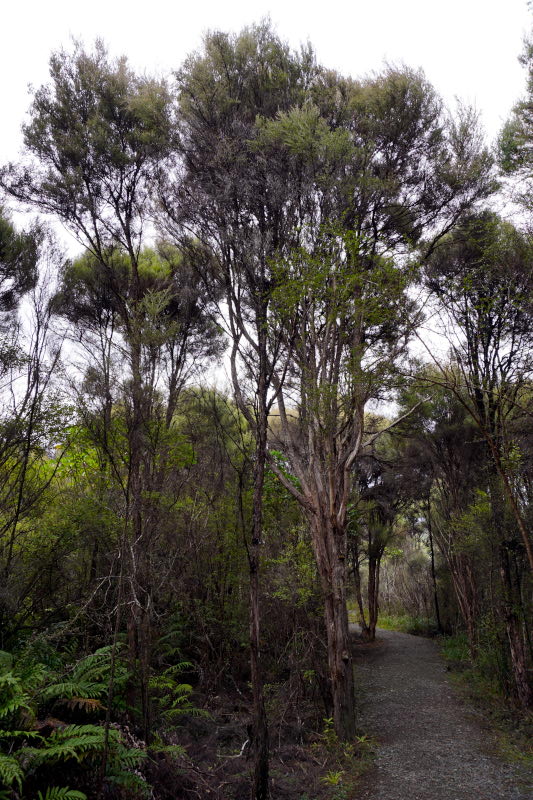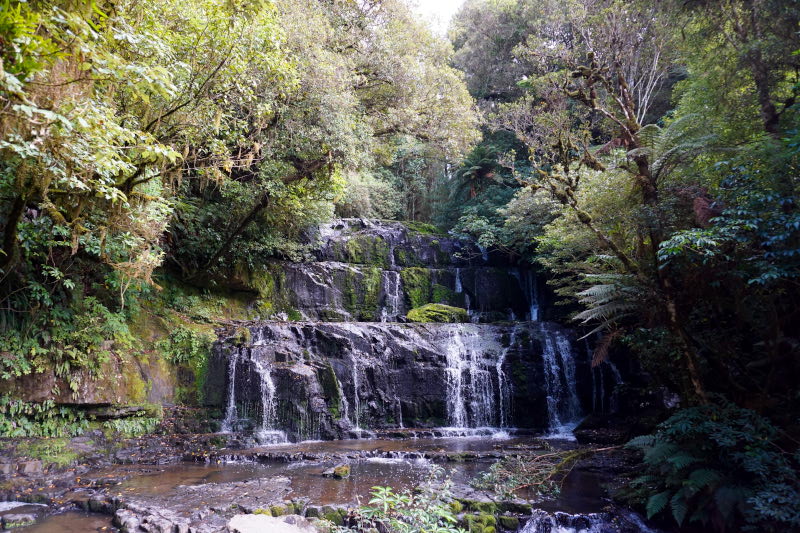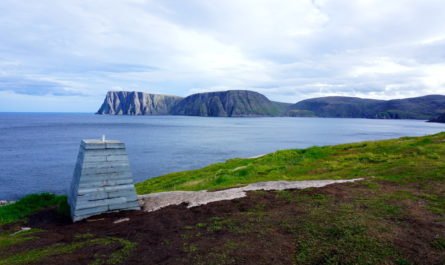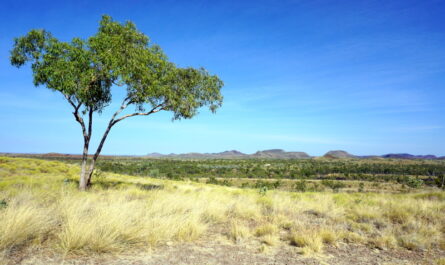…. it was eventful, exciting and even a little nerve-wracking.
(* Name of New Zealand in the Māori language)
07/03 – 25/03/2023
As you could already see in the last report, “small” New Zealand offers a great variety of different landscapes and impressions. And that’s how it should continue.
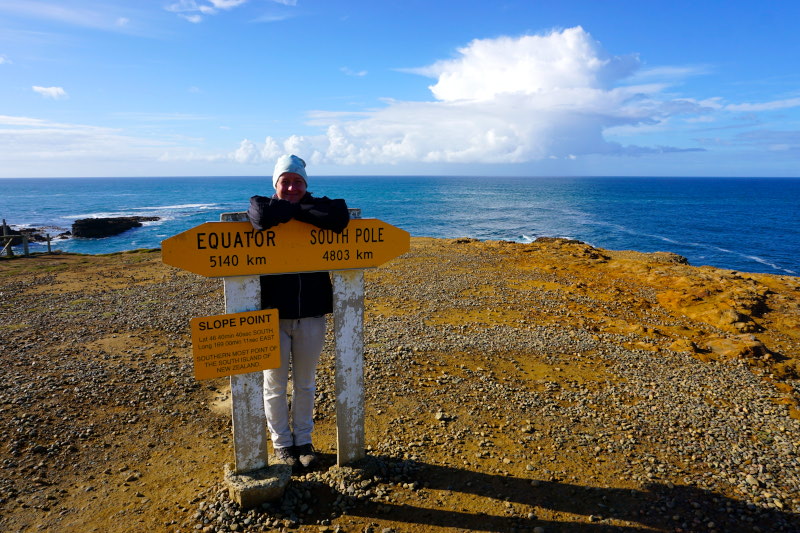

In the Catlin Coastal Rain Forest Park we hiked to the Waipohatu Waterfalls. In the midst of this mystical rainforest, the two waterfalls cascade down mossy rocks.
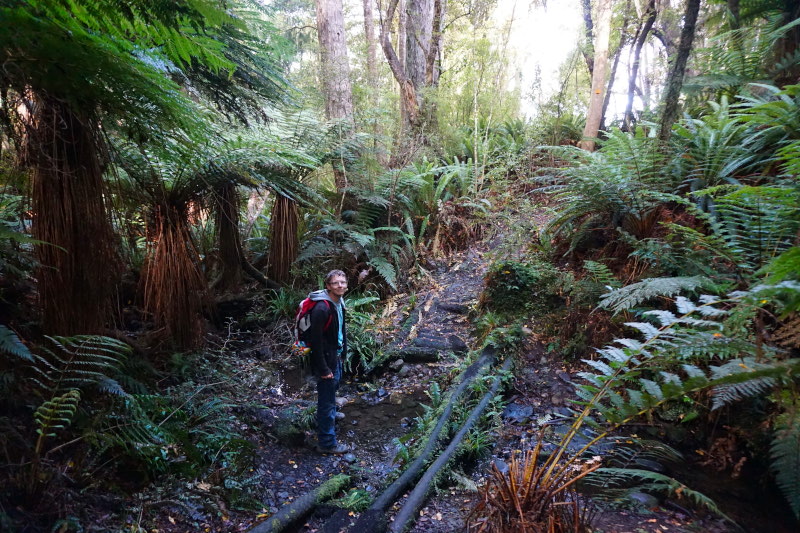
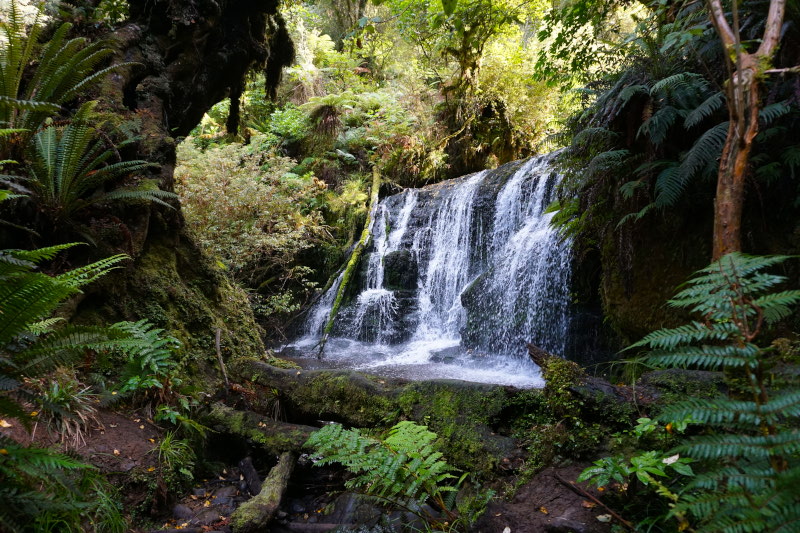

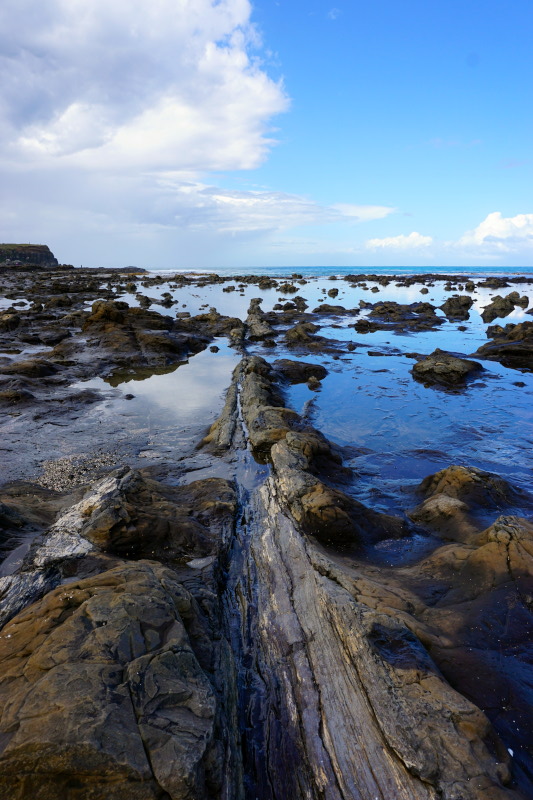

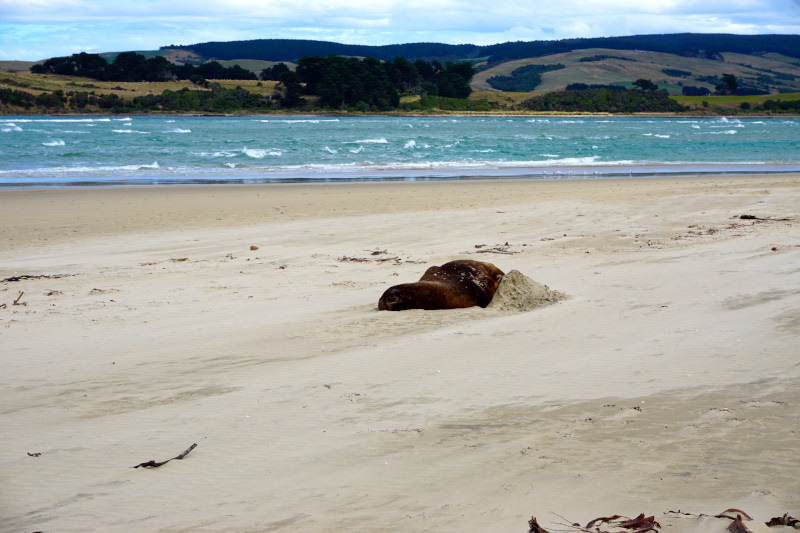

Next we visited Dunedin. The Scottish roots of the founders are already revealed by the city’s name. Dunedin is the Gaelic name for Edinburgh. The historic buildings in the centre are particularly interesting to look at; their construction is called “gingerbread architecture”.
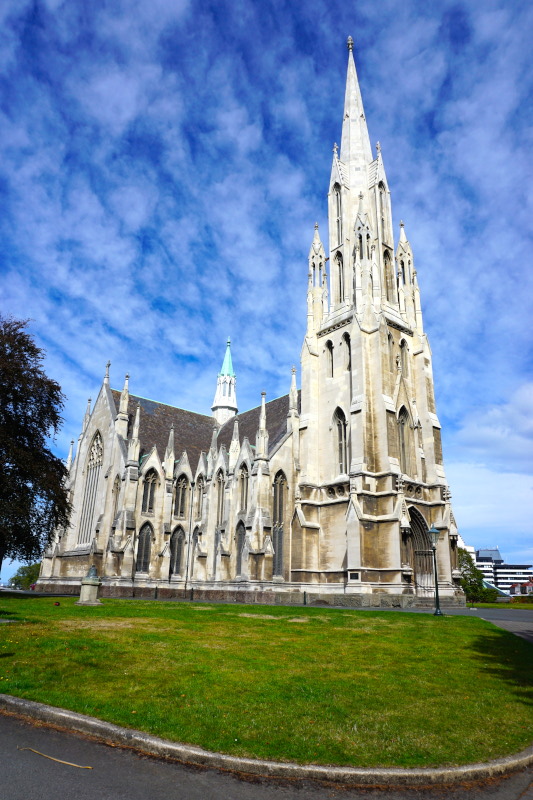




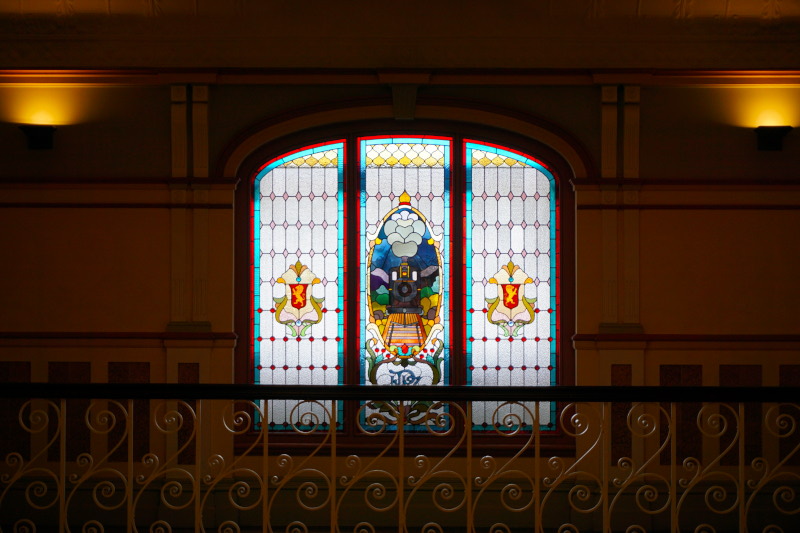
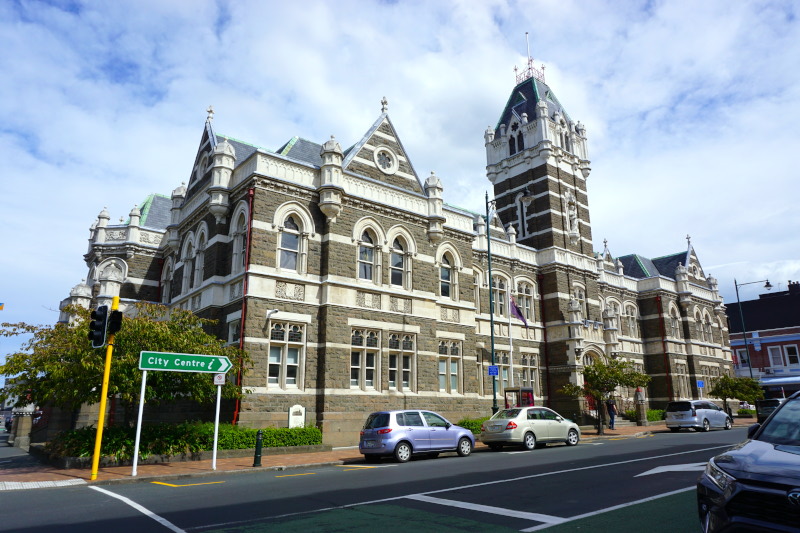



Now we were drawn back to the Southern Alps. We wanted to visit New Zealand’s highest mountain.
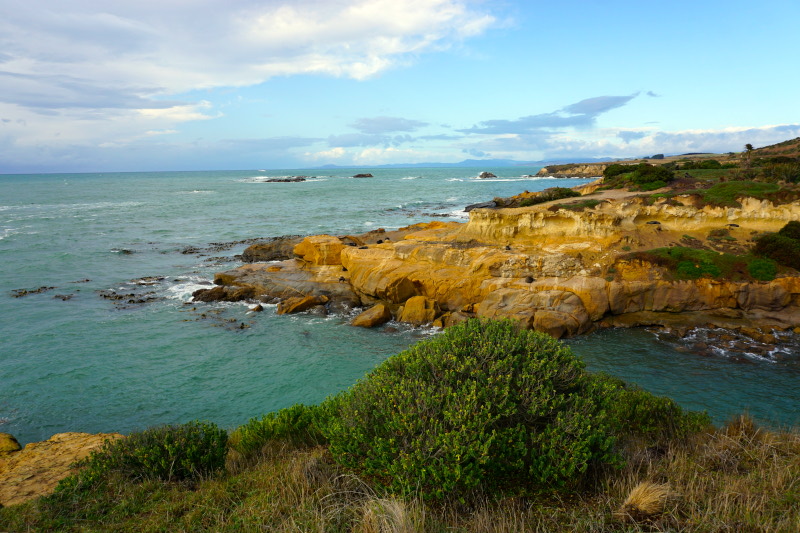

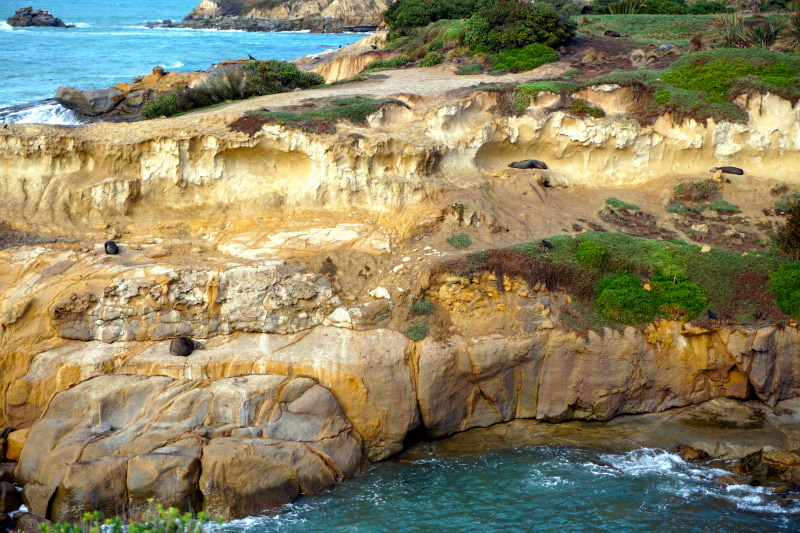



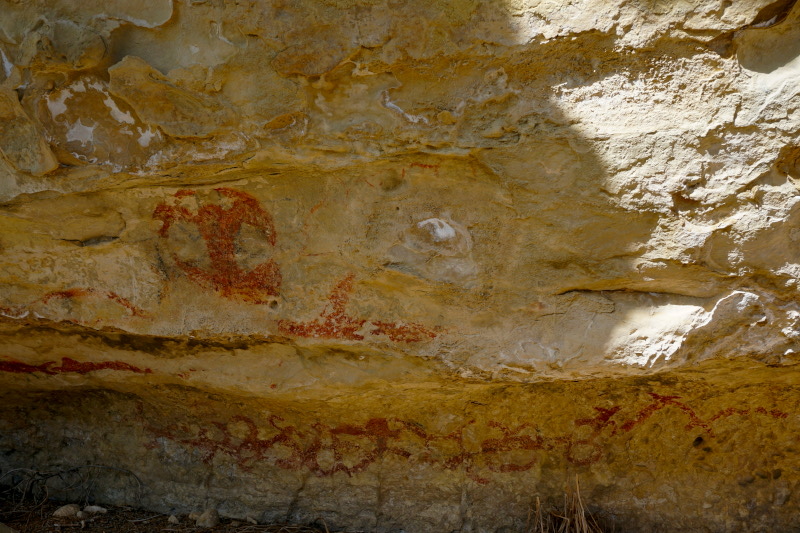
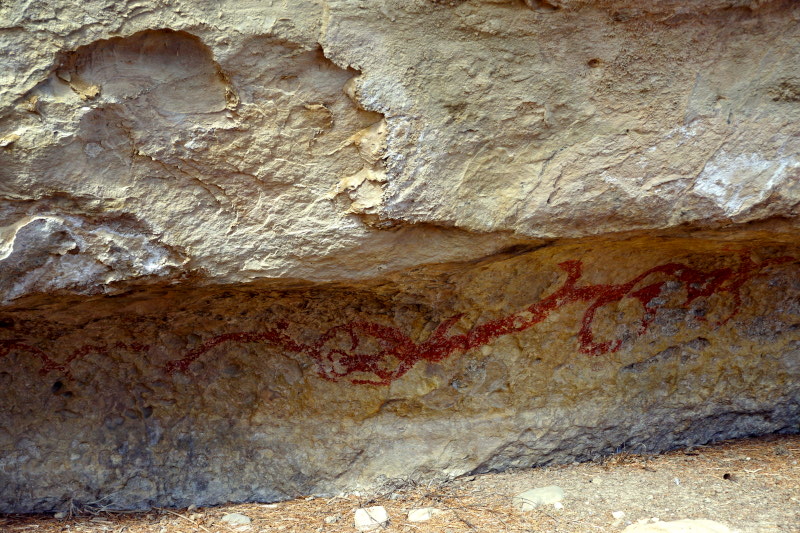
There it was, the 3724 metre high Aoraki/Mount Cook. This time, however, we were satisfied with a view from below, because these dimensions are something for real mountaineers 😉 After a good hour’s hike through the Hooker Valley, we reached a spot with a perfect view of the summit and the Hooker Glacier and lake at its foot.
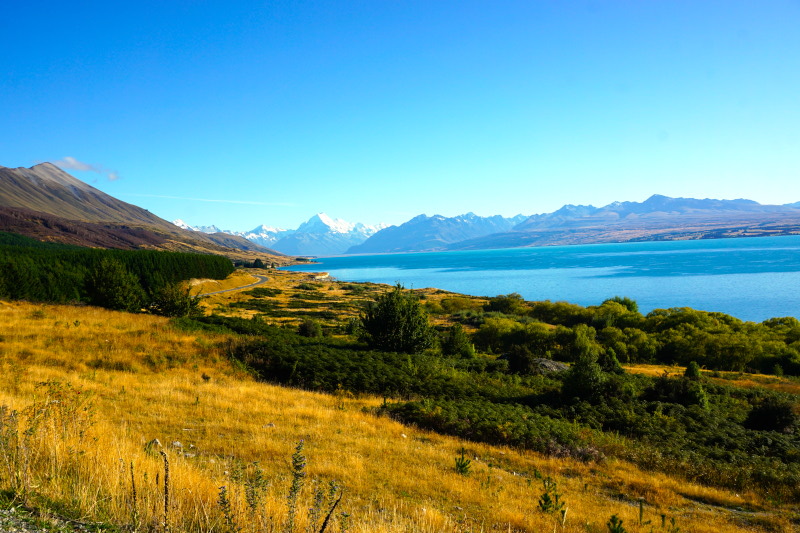
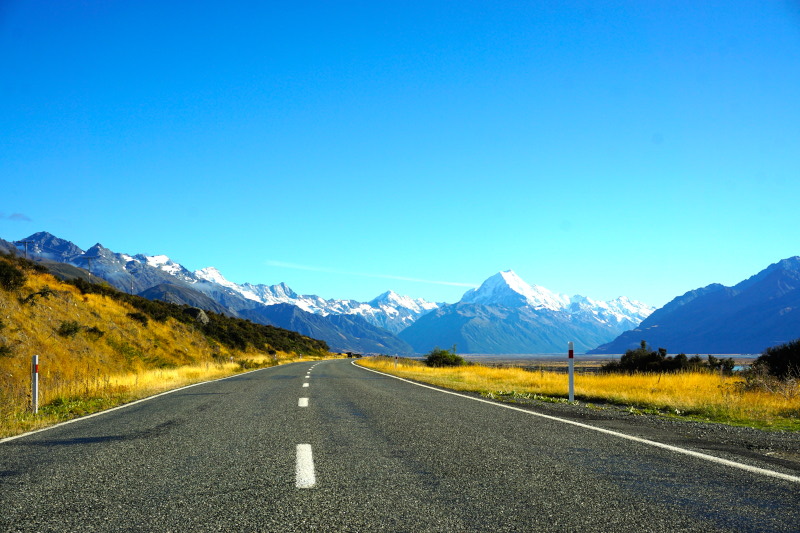
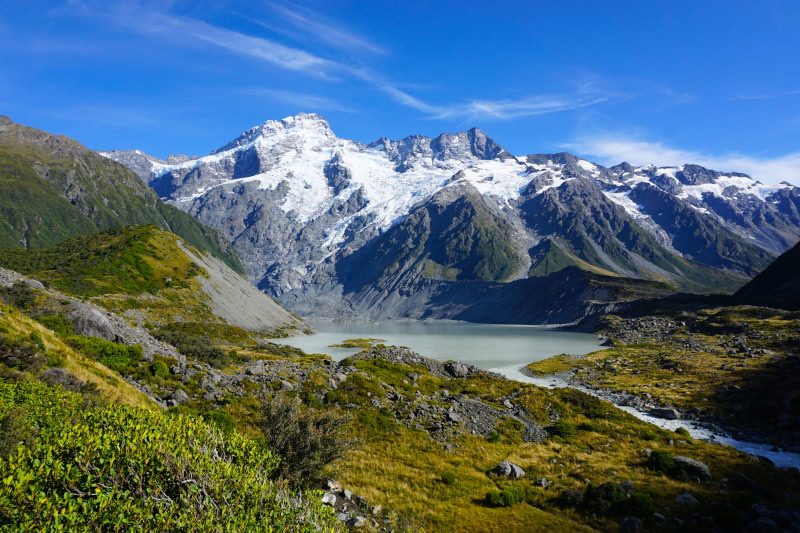




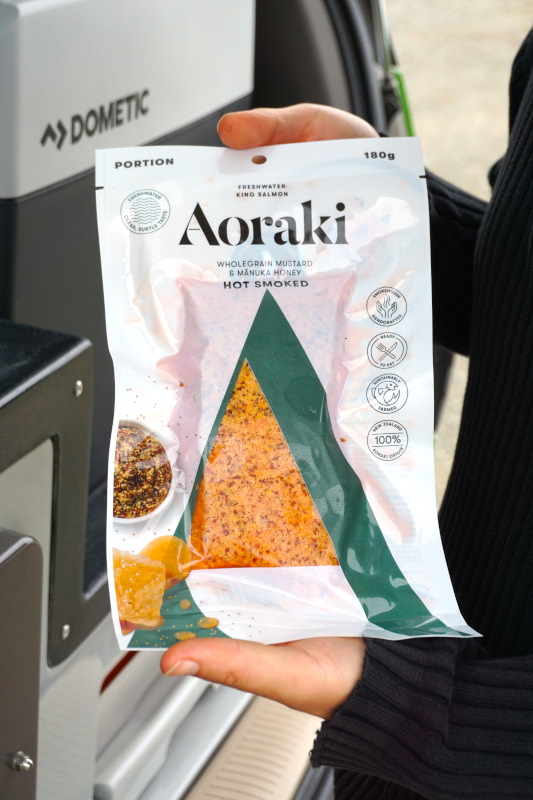

Our last planned destination on the South Island was Christchurch and the surrounding area. The first stop was at Dean’s Cottage. This is the oldest preserved house in the Canterbury region. The owners were two Scottish brothers who could not fulfil their dream of owning a farm in their homeland and therefore emigrated to New Zealand in 1840. Afterwards we took a short walk through the botanical garden of the city and drove on to Lyttelton. Here is one of only 5 remaining timeball stations in the world. Until the middle of the 20th century, with the help of this widely visible apparatus, ship navigators received a time signal (exactly at 1 pm GMT). This made it possible to carry out precise route calculations and determine positions on the high seas.
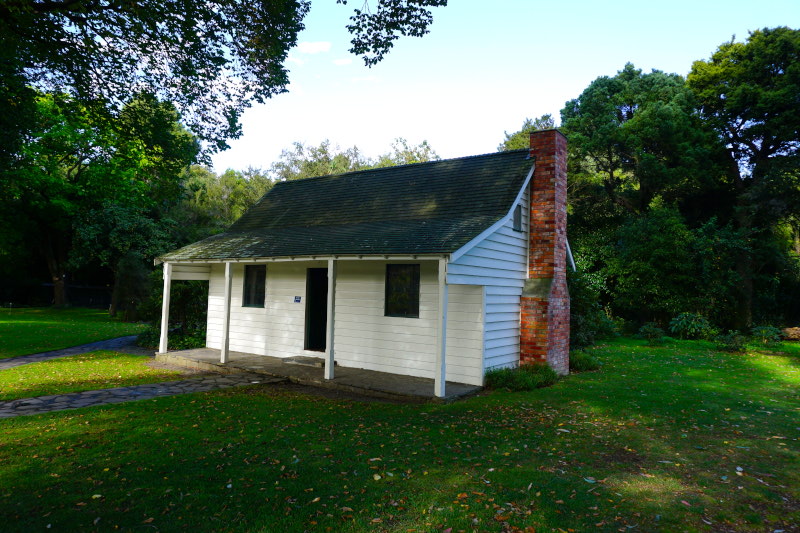
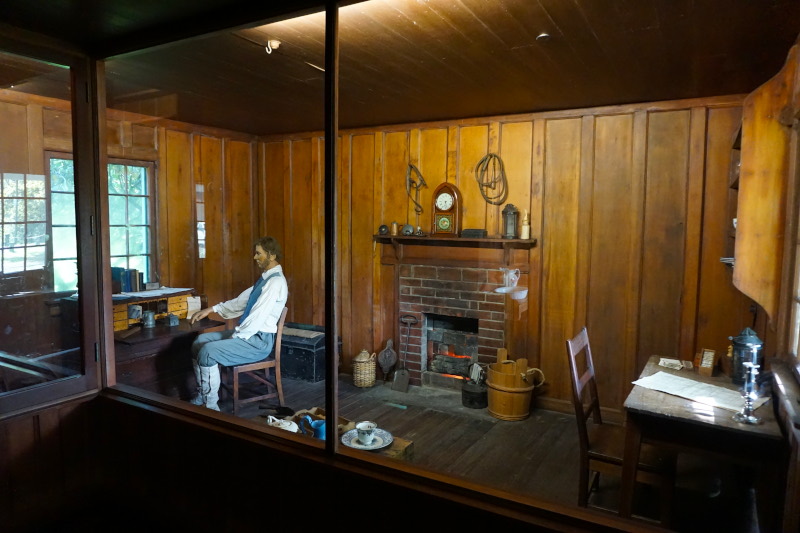
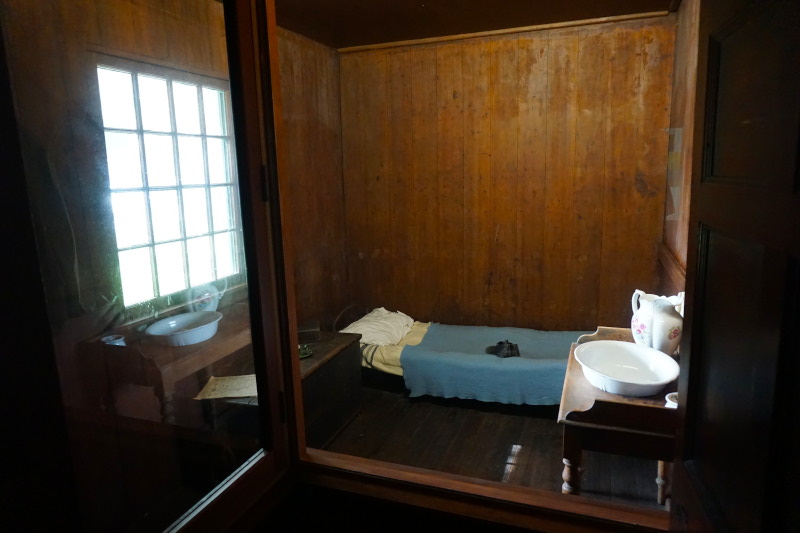

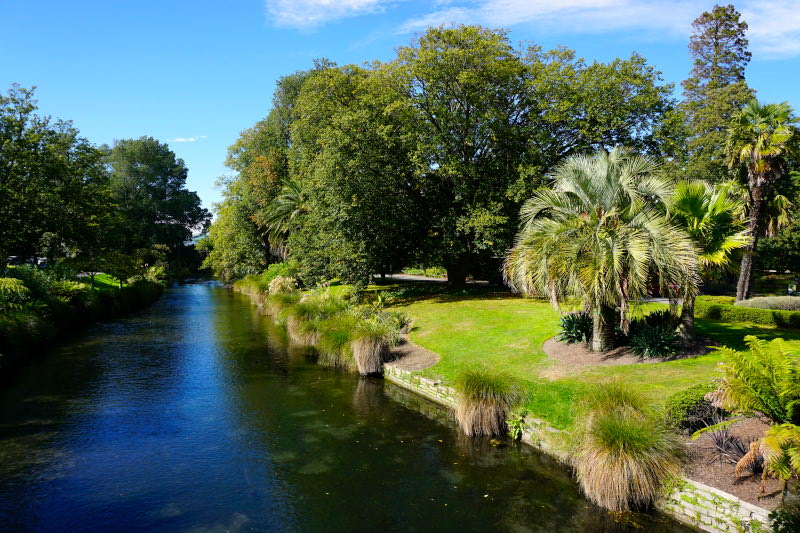



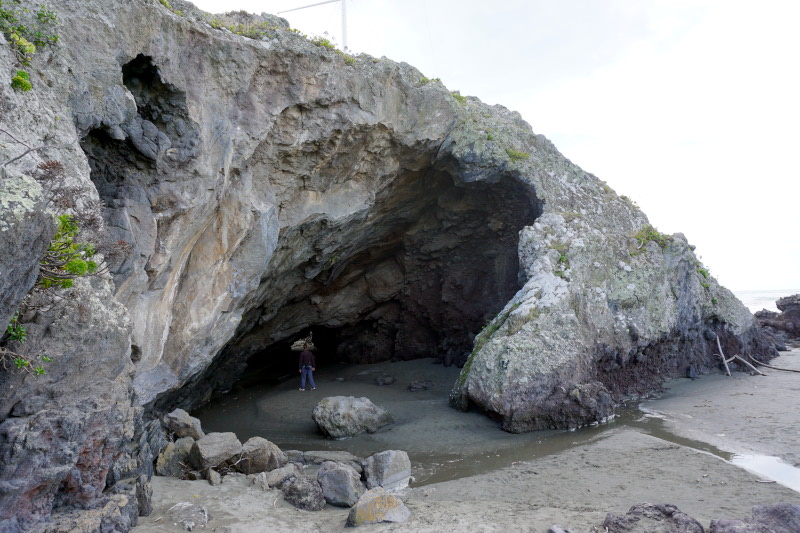
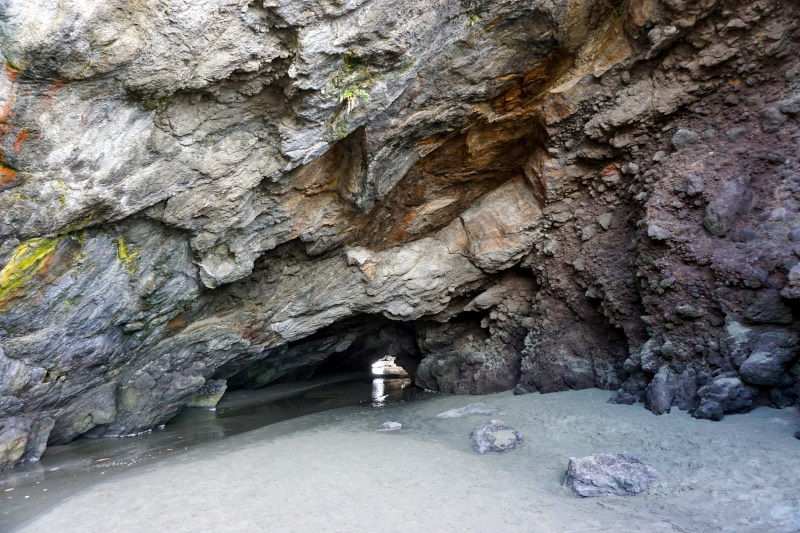
The remaining days were unspectacular. Except for the impact of a small stone (from an oncoming truck) in the windscreen and the resulting damage (the size of a 2-euro piece). Otherwise, after the ferry ride back to the North Island, we only had to make our way to Auckland.
We are saying goodbye to New Zealand, the southern hemisphere and also temporarily to our loyal readers. But one thing is for sure, the journey continues and you will hear from us again. 🙂 So see you soon.







